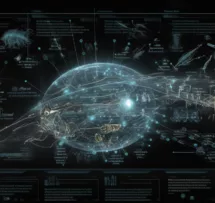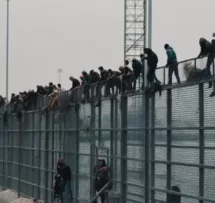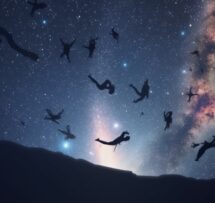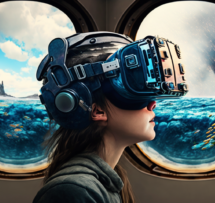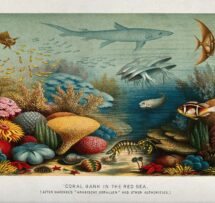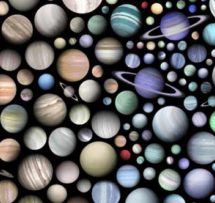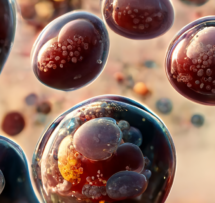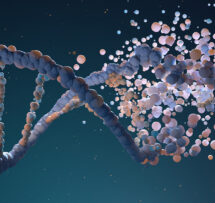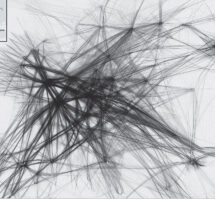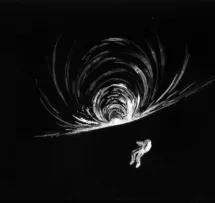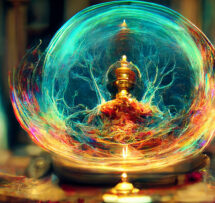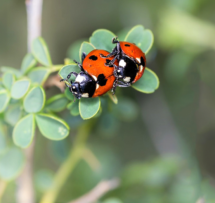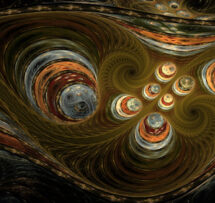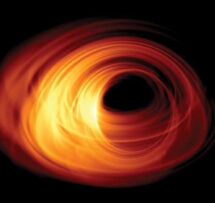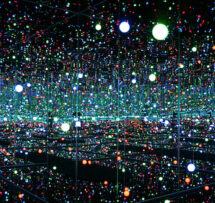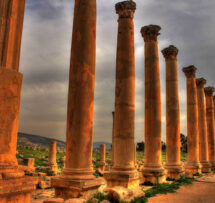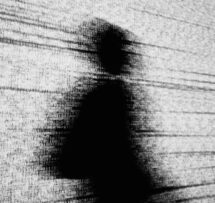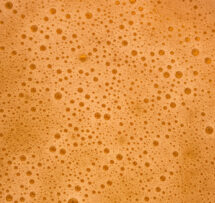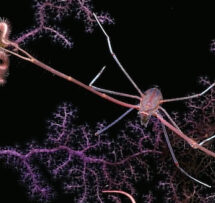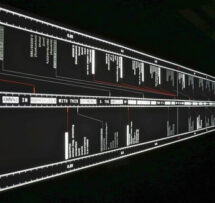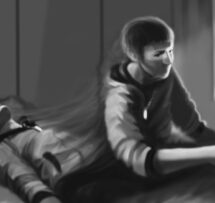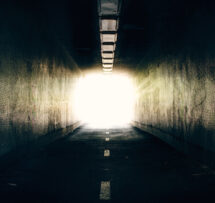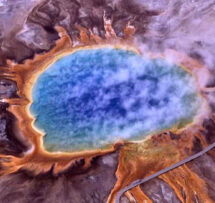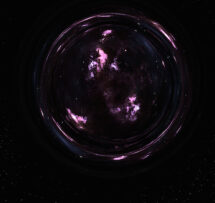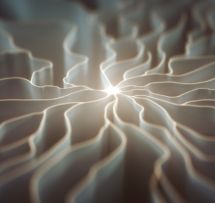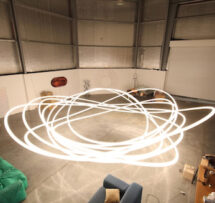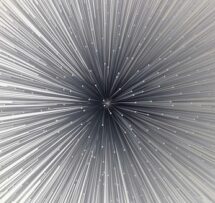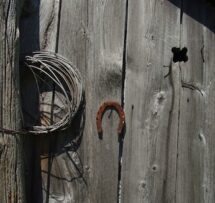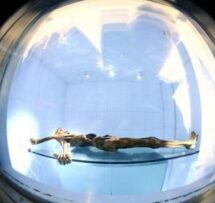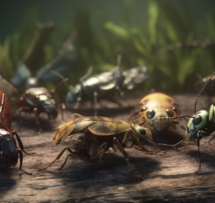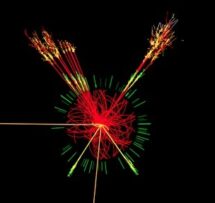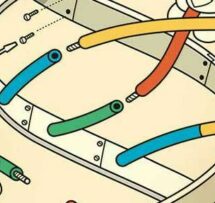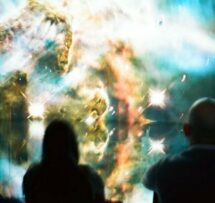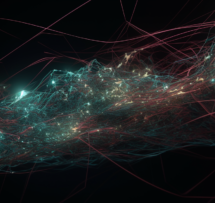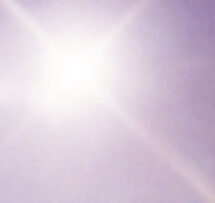Approaching the quantum world of colourful plasmonic nanoparticles

In an event integrated in the festival Forskningens Døgn, Science & Cocktails brings you exciting new research on colourful nanoparticles from N. Asger Mortensen together with the sound of Guldværg.
What is the origin of vivid colors in ancient cathedral windows? How do metals respond to light and what are plasmons? How can we measure plasmonic nanostructures? What are the possible applications of plasmonic structures? Can we imagine one-atom thin structures?
Numerous technological hallmarks of our information society have capitalized from our profound understanding of how matter interacts with light. In fact, this was largely the theme of the 2015 International Year of Light and Light-based Technologies. This event will takes us even further and discuss examples where our current understanding of how light interacts with matter is being challenged and with a potential need for new addressing the quantum world of extremely small metallic nanostructures and their interactions with light. Harvesting from developments in material science and nanofabrication technology, this fundamental research anticipates a new era: quantum plasmonics, where both light and matter exhibits quantum mechanics.
You should already now be curious about what a plasmon is? The further concept of quantum plasmonics might be intriguing, but perhaps also too complex so N. Asger Mortensen will take its starting point somewhere else. Whether being religious or not, you are probably all familiar with the beautifully colored glass mosaic windows that can be found in the many cathedrals of Europe dating back to the medieval period. Did you ever speculate on the origin of the vivid colors in these ancient cathedral windows? The secret lies in how metals respond to light.
Could the plasmon explain the origin of vivid colors? Anticipating a positive answer, it is then clear that in some situations, the implications of plasmons can be seen even by the human eyes, while in other cases we will probably need a kind of better glasses. How can we measure plasmonic nano structures? Equiped with novel experimental techniques that allow us to explore both structure morphologies and their associated optical properties, with spatial resolution down to few nano meters and even atoms, we now also speculate about the fundamental nature of the phenomena that we observe. At the same time, it is of course also temptating to speculate if this research can bridge the often postulated gap between fundamental and applied research. What are the possible applications of plasmonic structures?
Afterwards, plasmonic cocktails while Gulddværg takes the stage playing lo-fi rock and space jazz.

N. Asger Mortensen
Approaching the quantum world of colourful plasmonic nanoparticles
What is the origin of vivid colors in ancient cathedral windows? How do metals respond to light and what are plasmons? How can we measure plasmonic nanostructures? What are the possible applications of plasmonic structures? Can we imagine one-atom thin structures?
Talk by
N. Asger Mortensen
Professor & VILLUM Investigator, SDU Center for Nano Optics, D-IAS Chair of Technical Science, Danish Institute for Advanced Study, University of Southern Denmark. He is leading a fundamental research program in quantum plasmonics, supported by a 40 MDKK personal grant from VILLUM Fonden. He is a fellow of the American Physical Society (APS), the Optical Society of America (OSA), and the International Society of Optics and Photonics (SPIE).



